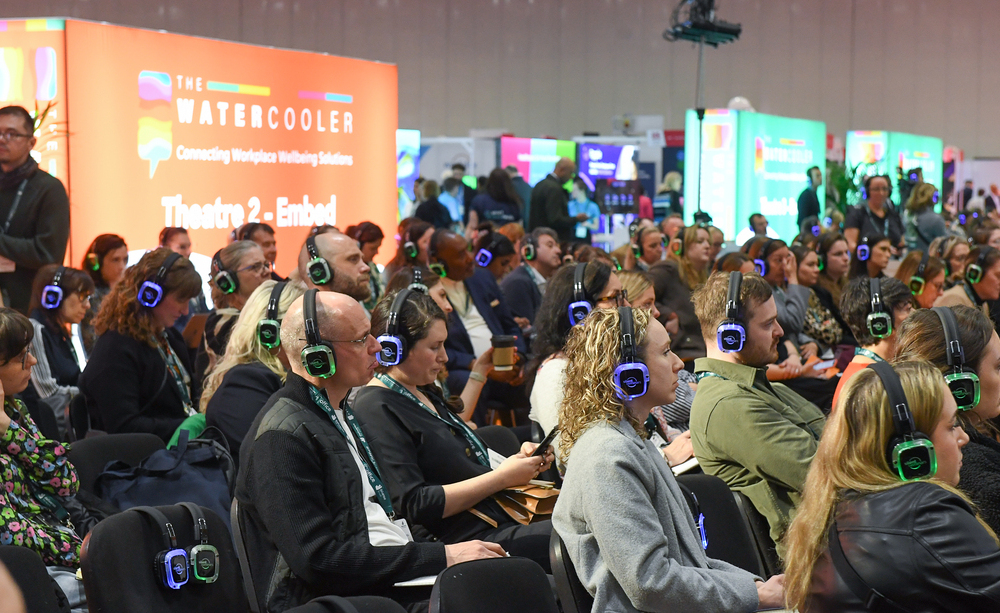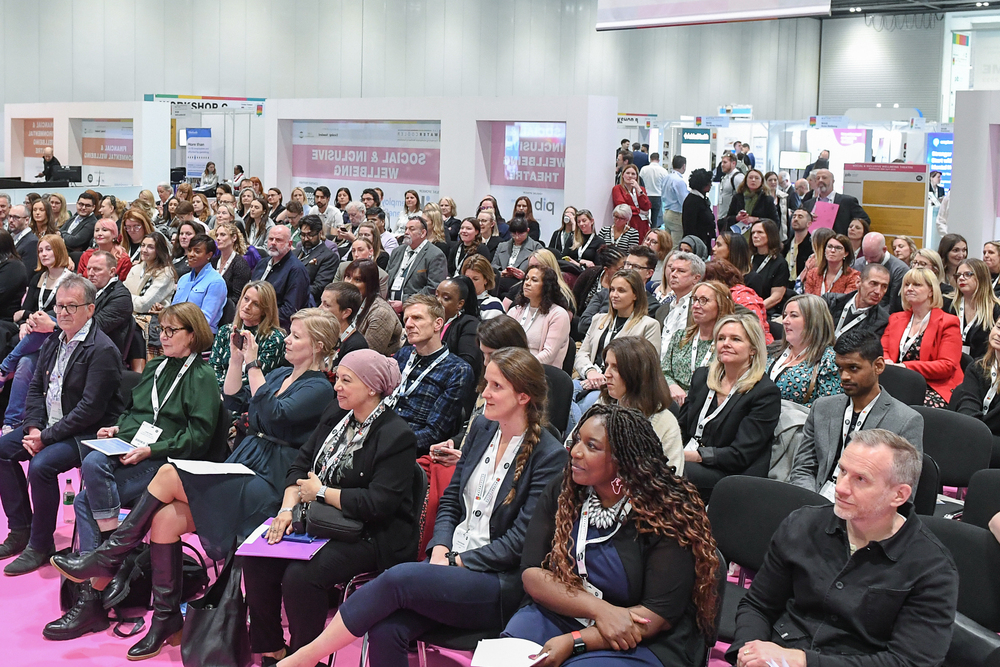There’s a lot of talk about burnout. Heather Kelly pointed out on LinkedIn that widespread global burnout is leading to ‘The Great Resignation’. Meanwhile, progressive employers such as dating app Bumble have introduced a mandatory week’s paid, fully offline holiday in an attempt to combat workplace stress. Some say this as a good move. Others see it as a reactive response to a situation which could be avoided.
In this interview, which originally appeared on Unmind’s blog, Clinical Psychologist and Mental Health Advisor Lene Søvold shares her expert perspective on what’s behind the burnout crisis. She also highlights practical steps that both employers and employees can take to head off burnout and build organisational and individual resilience.
Crucially, resilience in this context isn’t about tolerating hardship. It’s about preparing for the unknown, effectively navigating ambiguity, and proactively managing mental health.
Lene, what do you think is behind the burnout crisis?
During the last decade, stress, burnout and mental health issues have been on the rise across business sectors and organisations worldwide. This can be seen as a symptom of both our modern lifestyle, as well as the way we organize and engage with our work. Often employees’ work performance is measured in regards to how much and how fast they deliver, while they at the same time have to navigate a jungle of meetings and online events.
This focus on quantity, efficiency and expectations of always being available and connected builds up inner stress over time. This can result in burnout and other mental health challenges if left unattended or not properly addressed. In many ways, the Covid-19 pandemic has accelerated such issues further. Some of the risk factors are having too high demands on oneself, not having sufficient organisational support and team support, not being able to set boundaries or communicate one’s own needs and/or insufficient knowledge about effective coping and self-care strategies.
Why do typical stress management resilience training methods fall short of the mark?
Healthy and effective coping is not only a factor of effective stress management. It is not enough to only ‘manage’ stress after it has arisen. One also has to learn how to recognise early signs of stress, and how to prevent stress and other mental health issues in the long run.
Many stress management approaches focus mainly on managing or reducing the experienced symptoms. To create lasting change, the root causes of stress and burnout also need to be addressed in a systematic way. It is about healing dysfunctional patterns and creating healthy work routines, establishing healthy relationships and learning how to increase health, wellbeing and resilience both on an individual and organisational level.
How does the whole-person approach help to build resilience?
It approaches coping and self-care in a holistic way – where the mental, emotional, physical and interpersonal aspects of a person’s health and wellbeing are attended to in a preventive and proactive way. To build a broader sense of resilience, it is important to strengthen all of these aspects to protect one’s mental health and wellbeing on a day-to-day basis. Especially when faced with stressful, challenging or unexpected events. If our health and wellbeing are only approached from one or a few aspects or dimensions, we will also only become resilient within one or a few areas. By only eating healthily and exercising, we will perhaps develop a strong physical resilience, but a poorer mental and emotional one.
Moving forwards, what key skills and attributes will help people to survive and thrive in life and work?
- Being flexible and able to adapt to unforeseen changes in both the nature and content of their work.
- Having sufficient digital skills to use new and evolving digital platforms and tools within their work.
- Practicing regular daily routines, including work-related, physical and social activities.
- Practicing self-care – like going for walks in nature or practicing mindfulness, meditation or contemplation on a regular basis.
- Being able to receive and act upon feedback about one’s own work performance.
- Being able to communicate preferences and needs and ask for help if needed.
- Practicing empathy for others as well as compassion for oneself.
What practical steps can employers take to build resilience in their teams?
The following measures will not only help protect the mental health and wellbeing of the workforce and make employees less prone to stress and burnout – they will also increase their job satisfaction as well as the quality and effectiveness of their work.
- Promote principled leadership and a culture of openness, inclusion, empathy, trust and support.
- Promote openness around mental health and the value of protecting one’s mental health and wellbeing. Being aware of signs of mental health issues in ourselves and others, and the value of open and supportive communication.
- Facilitate team building activities, peer support and self-care activities promoted by teams and organisations.
- Promote and reward collaboration, instead of only focusing on individuality and competition.
- Ensure that the workload is in line with the capabilities and resources of individual workers.
- Define workers’ roles and responsibilities in a clear way.
- Give workers the opportunity to contribute to decisions and interventions affecting their work.
- Offer digital or physical programmes or workshops for promoting personal and professional development, as well as for learning how to build resilience on an individual and organisational level.
Thus investing in the health and wellbeing of individual workers, is investing in the health and wellbeing of the organisation as a whole.
You can read the full original interview on Unmind’s blog and find out more about Lene here.
You might also be interested in these articles:
New Aon Research Highlights The Link Between Resilience and Wellbeing
Simon Blake OBE, CEO of MHFA England Shares 10 Tips to Prevent Burnout
















